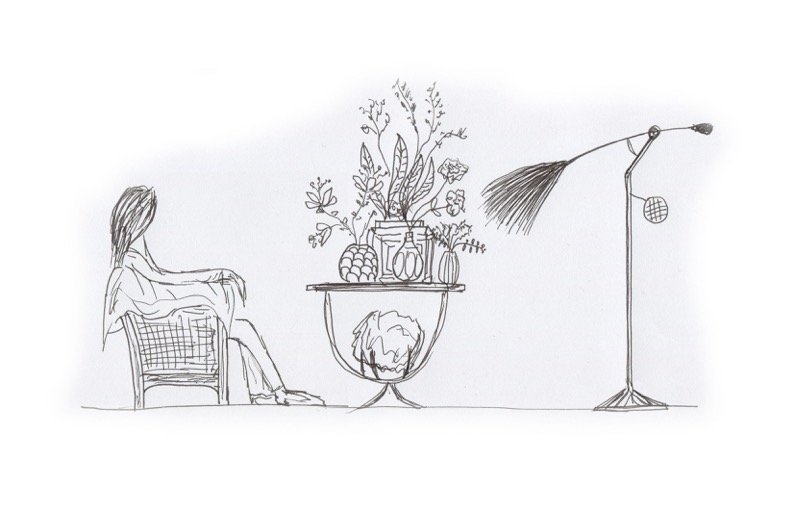Orto Botanico, Milan
within “Energy for Creativity”
13 April – 30 May 2015
BE OPEN, the international foundation which operates in the field of design and creativity, has chosen theBotanical Garden of Brera as the amazing background of a sophisticated interdisciplinary project whose central theme is perfume.
The Garden of Wonders. A Journey Through Scents will be presented on the occasion of EXPO 2015 in May, with a special preview during the Milan Design Week in April, due to the aesthetic and philosophical features this products embodies.
BE OPEN decided to explore the world of fragrances by especially focusing on some historic brands which have disappeared, international excellences whose fame has decreased over the years because of a sometimes-too-aggressive global market. The exhibition is the second stop of the global project “Made in…”, BE OPEN’s investigative tour on the virtuous relationship between contemporary design and the excellence of small producers at the four corners of the earth. The research on perfume focuses on the heritage of values of small business realities, communities which have been able to pass on traditions, expertise and relationships over the years.
The foundation has invited 8 designers to reinterpret the history and features of 8 defuncts perfume brands according to their sensitivity: they will act as Art Directors in order to show that design can become a strong point for small entities requiring a new commercial life to meet the challenges of the contemporary global market.
Among theme Tord Boontje and Piero Lissoni have respectively worked on Czech brand Waldes et Spoland American perfume house Lundborg.
Boontje found his inspiration in the bohemian roots of the company creating an early ‘900 set up called Scent and Psyche. The starting point of his work is the great vitality of Prague in those years and its tight relations with the major European capitals: the new century was welcomed by Art Nouveau, the Vienna Secession was blooming and intellectual life was buoyant in the cafés. Modern ideas changed the way the world was perceived. One of the main agents of change was Sigmund Freud’s radical new understanding of the human psychology.
And Freud’s studio is exactly where the visitor will end up in; in Boontje’s words “As in Sigmund Freud’s office, we find a sofa and an armchair both partially exposed to show the wooden construction that is normally hidden inside the furniture; alongside rugs with symbolic patterns related to Bohemian culture as well as depicting aromatic plants. Plant pots and vases are exquisitely delicate, as if these were flacons made by a perfumery.”.
The perfume is, in this set up, a dynamic, living system. Silent fans gently wave the air through a collection of aromatic plants, creating a subtly scented environment. The fans are a hybrid between a machine and natural leaf-like shapes
Piero Lissoni’s idea is developed around the title Lundborg and the laboratory of a “nose”: the centre of the set up is a perfume lab sculpture made of stills, ampoules, vases with black orchids and hanging plants, chemical glasses in huge proportions so to evoke the story of the brand and the working place where John Marlie Lundborg created his famous Violette Flor in 1860. The room is then covered with two big and light bookshelves with backlight panels to enhance the shapes of the bottles.
Lissoni explains: “The room is filled with 700 bottles in 4 different vesrions; these have all been made specifically for the exhibition taking the inspiration from the brands’s most famous ones and produced just like in the old days”.
The two installations above mentioned, together with the ones by Fernando and Humberto Campana, Dimore Studio, Front, Jaime Hayon, Jean-Marie Massaud and Nendo will be within a diffused museum created by Ferruccio Laviani.
The Garden of Wonders is inspired by the history of perfume and the history of raw materials from all over the world; each perfume represented a real and imaginary journey of goods and cultures making it anante litteram global product. In more recent years the relationship between fragrances and the look of the packages has become more and more intense, to such an extent that it has created well-defined brand identities, some of which are still used today.











